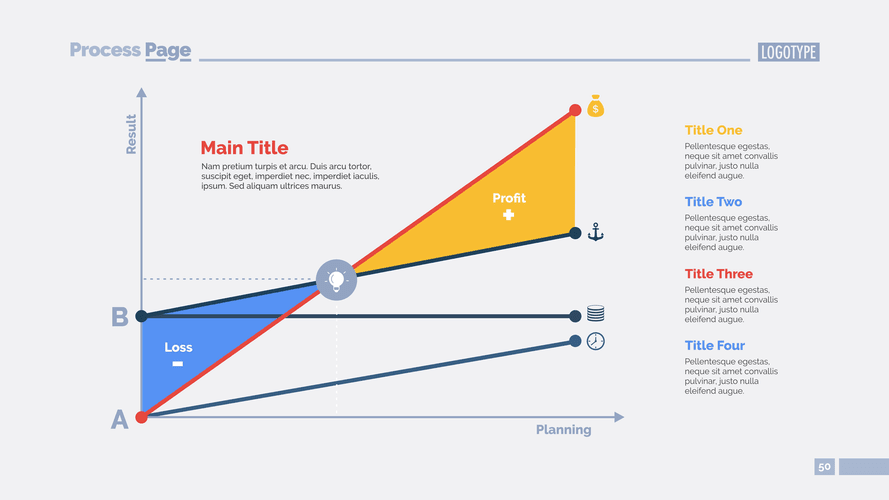
Write the cents portion of the amount in the box on the far right and the dollar amount in the box to the left of it. If you are making a large deposit, the teller might ask you to confirm that you have correctly added decimals and commas. If you are still nervous, use a printable deposit slip to practice at home.
How to fill out a bank deposit slip
The teller will keep the filled-out deposit slip and give you a receipt so you can track the bank transaction deposit in your records. You might also receive a copy of the deposit slip, depending on your bank. Not all deposit slips look the same, so the deposit slip you’re using may require writing deposit slip down different or additional information. We are happy to help with any questions regarding how to fill out a bank deposit slip! All banks have a funds availability policy, which explains how long you need to wait to spend the money. Click here to read Bank Five Nine’s fund’s availability policy.
- A deposit slip is a form that allows you to put funds into your bank account.
- If you don’t have any checks to deposit, leave this part of the deposit slip blank.
- However, the receipt likely won’t show as many transaction details as a copy of a deposit slip.
- Hold onto any documentation from your deposit, in case there’s a future issue with the check, the deposit, or another reconciliation discrepancy with the bank.
- Unfortunately, deposit slips still need entering into a computer.
Are You Required to Sign a Deposit Slip?
Sophisticated ATMs can deposit to your account based on the debit or ATM card you use, and they can even scan cash and checks in real time. This potentially allows the bank to add funds to your account more quickly, although 100% of the money might not be available for immediate withdrawal. Other banks require that you put everything in an envelope and fill out a deposit slip, which a bank employee will use to record your deposit manually. The steps for filling out a deposit slip for depositing cash are similar to those for depositing a check. You must include the amount in the boxes designated for cash deposits when depositing cash.
Personal Information
In special cases, such as instances of fraud prevention, checks may take longer to clear. You can monitor the status of a check deposit by enrolling in online or mobile banking services. On counter deposit slips, you’ll need to write this information in the spaces provided. There’s also a space to sign the deposit slip, although this may be optional unless you are depositing only checks and getting cash back. ATM deposit receipts are available before completing the deposit, including receipts that contain images of the checks being deposited.
Newest Bank of America Promotion Codes, Offers, Bonuses and Coupons for July 2024
Another great way to know how much you can spend is to check your available balance or ask a Bank Five Nine teller when the funds will become available. Like mobile check deposits, online deposits can be made at any time without having to go to a branch. But unlike mobile deposits that only require a smartphone camera lens to capture the check’s https://www.bookstime.com/articles/do-i-need-a-personal-accountant image, online check deposits require a scanner. On the reverse side of each check, write «For Deposit Only» if you are not getting any cash back, and sign your name. You can write your bank account number below your signature, although banks typically don’t require this. If you want to receive cash back, omit the phrase «For Deposit Only.»

In addition, mobile deposits — which are typically made through your bank’s smartphone app — typically don’t require you to fill out a deposit slip. That’s because most bank apps now can scan paper checks for the information required to make a deposit. Deposit slips are most often used when customers visit a brick-and-mortar bank branch. They can be used to make deposits both in the lobby and in the bank’s drive-through lane. In addition, some older ATMs require customers to use a deposit slip when depositing cash or checks.
It’s a piece of paper that records the amount of money being moved and where it’s going. If you have a wad of cash from earned wages or a particularly lucrative birthday, you can fill out a deposit slip at the bank to deposit the money in your account. Providing the correct information in the right spots will get the funds where they are intended. Using deposit slips is part of managing your checking account. Just be sure to add up your subtotal and net deposit correctly, and you’ll likely need your ID to finish the process.
Refer to the Availability Disclosure for Consumer Deposit Accounts. A customer can typically find a stack of deposit slips when entering a bank, with designated spaces where they can fill in the required information to complete the deposit. A customer is required to fill out the deposit slip before approaching the bank teller to deposit funds. The process of filling out deposit slips varies depending on what you’re doing. For example, cash and checks go in different sections, and getting cash back from your deposit requires an additional step. Fortunately, the process is easy, and the basic steps appear below.
How to Fill Out Deposit Slips
Deposit slips act as protection for both the customer and the bank. Many larger companies make hundreds of deposits every month, which involves hours of typing and can cause errors from mistyping. Additionally, older software packages and deposit tracking systems can make it hard to know where those deposits are. The deposit receipt proves that the deposit was made, but the receipt only shows the total of the deposit. Third-party loan provider information is not available to residents of Connecticut or where otherwise prohibited. If you have any questions about this, get in touch with your bank’s customer support team.

You will also need to include the numbers for the checks being deposited. Lastly, you will also need to sign (endorse) the back of the checks being deposited. The last step is to sign the deposit slip and authorize the deposit.
